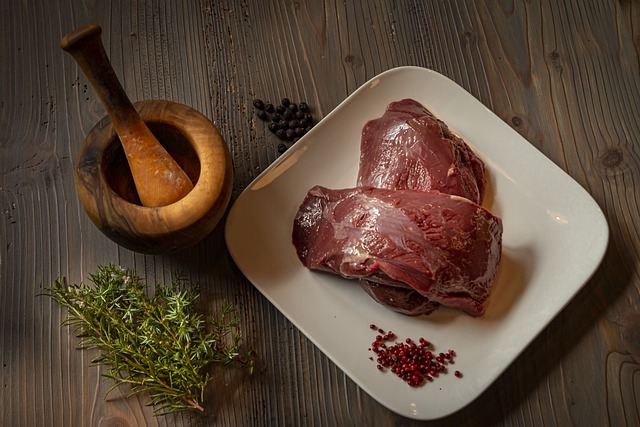Game meat in focus

Game meat comes directly from wild animals and is one of the most sustainable foods on our menu. However, the meat of deer, wild boar and pheasant can be contaminated with heavy metals such as lead or contain pathogens such as trichinella and salmonella. The “Safety in the Game Meat Chain” network aims to further increase the safety of game.
Over the next four years, the network will be built up under the leadership of the Federal Institute for Risk Assessment (BfR) and the entire venison production chain will be examined - from hunting through distribution, processing and trading to the plate. The respective findings should be implemented into measures in direct exchange with interest groups.
Possible biological risks include parasites (e.g. trichinella), bacteria (e.g. salmonella) and viruses (e.g. hepatitis E in wild boars). In terms of material hazard potential, in addition to environmental contaminants such as dioxins and PCBs (polychlorinated biphenyls), it is primarily about avoiding and reducing the entry of lead from the ammunition when the animal is killed.
Due to the high amounts we consume, we primarily absorb lead through grains, vegetables and fruit. The heavy metal can accumulate in the human body and, in higher concentrations, damage blood formation, internal organs and the central nervous system. Game meat can be more contaminated if, depending on the region, deer, deer or wild boar ingest lead through their diet or if the ammunition used for hunting contains lead. In particular, children up to the age of seven, pregnant women and women who want to have children should not eat game killed with lead ammunition, according to the BfR.
Heike Kreutz, www.bzfe.de
